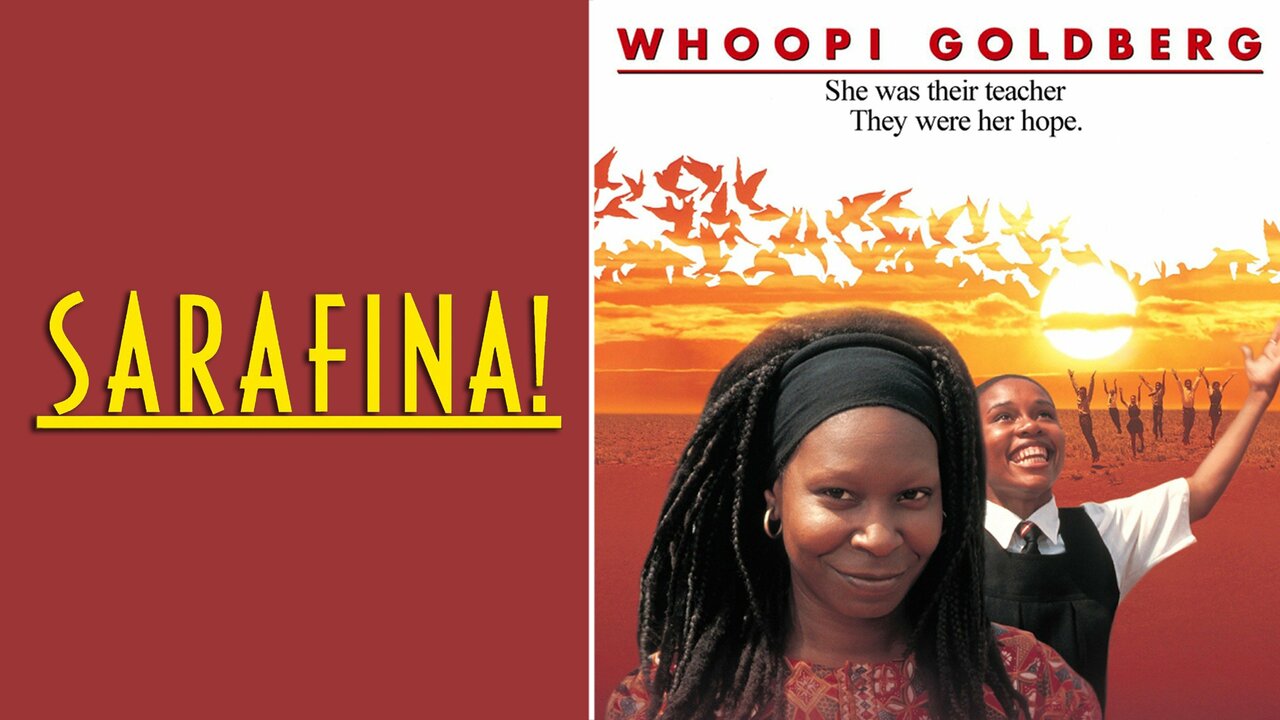Few films possess the emotional weight and historical relevance of the Sarafina full movie. Released in 1992, Sarafina! is more than just a musical drama—it’s a striking, unflinching portrayal of resistance, oppression, and the unbreakable spirit of South African youth during the apartheid era. Based on the stage musical by Mbongeni Ngema, the Sarafina full movie shook audiences globally with its raw storytelling, explosive performances, and politically charged message.
In this in-depth analysis, we uncover the shocking truths revealed by the Sarafina full movie. From its origins in real-life uprisings to its influence on modern-day discourse, the film continues to resonate as a cinematic landmark and a call for justice.
The Plot: A Powerful Reflection of Youth in Revolt
Set in Soweto during the height of apartheid, the Sarafina full movie centers on a high school girl named Sarafina, played by Leleti Khumalo. Sarafina, like many of her peers, lives under the harsh realities of segregation, censorship, and state violence. Inspired by her teacher Mary Masombuka (played by Whoopi Goldberg), Sarafina begins to question her role in society and the meaning of freedom.
The turning point in the Sarafina full movie comes after the brutal murder of a fellow student, which ignites protests that mirror the real-life Soweto Uprising of 1976. The students’ defiance becomes a symbol of collective resistance, making Sarafina a representative of youth activism.
Shocking Truth #1: Based on Real Uprisings
One of the most shocking truths behind the Sarafina full movie is that it draws heavily from historical events. The Soweto Uprising on June 16, 1976, saw thousands of black students march in protest against the imposition of Afrikaans as the medium of instruction in schools. What started as a peaceful demonstration quickly turned violent as police opened fire on unarmed students.
The Sarafina full movie does not shy away from depicting this brutality. Scenes of police raids, beatings, and interrogations are intense and emotionally harrowing. It forces viewers to confront the harsh realities of apartheid—a regime that used terror to maintain control over an oppressed majority.
Shocking Truth #2: Censorship and Controversy
When the Sarafina full movie was released, it faced significant backlash and censorship in various countries. In South Africa, although apartheid had officially ended, the film was viewed as too provocative by some government and media outlets. Internationally, there were debates about the film’s strong political stance and its potential to incite unrest.
In truth, the film’s refusal to dilute its message is one of its greatest strengths. The Sarafina full movie calls out injustice directly, using powerful imagery and emotionally charged music to tell the story of youth rising against a corrupt system.
Shocking Truth #3: A Musical with a Message
While musicals are often seen as light-hearted entertainment, the Sarafina full movie subverts this expectation. Its energetic performances and vibrant choreography are juxtaposed with scenes of police brutality and emotional trauma. The songs are not merely decorative—they serve as vehicles for protest, grief, hope, and empowerment.
Tracks like “Freedom is Coming Tomorrow” and “One More Time” are rousing anthems of resistance. Through song, the Sarafina full movie creates a bridge between art and activism, proving that music can be as powerful as any protest chant or speech.
Cinematic Excellence and Performances
The Sarafina full movie features stellar performances that elevate its already powerful message. Leleti Khumalo’s portrayal of Sarafina is both fiery and vulnerable, capturing the complexity of a young girl turned revolutionary. Whoopi Goldberg’s role as Mary Masombuka, though smaller, brings global attention to the plight of South African youth.
The cinematography, production design, and costume work all contribute to the film’s authenticity. Director Darrell James Roodt skillfully balances large-scale protest scenes with intimate emotional moments, ensuring that viewers remain connected to the characters’ humanity.
Cultural and Educational Impact
More than three decades later, the Sarafina full movie continues to be used in classrooms and universities to educate new generations about apartheid, civil disobedience, and African history. The film has been adopted by educators and activists as a tool to discuss social justice, racial inequality, and youth engagement in political movements.
For many viewers around the world, the Sarafina full movie was their first introduction to apartheid and the courageous fight to end it. The emotional impact of the film has encouraged countless individuals to learn more, speak out, and remain vigilant against systemic oppression.
Modern Relevance: Echoes in Today’s World
Perhaps the most shocking realization is how relevant the Sarafina full movie remains in today’s political climate. Across the globe, youth-led movements are still fighting against racial injustice, police brutality, and systemic inequality. From Black Lives Matter to protests in the Middle East, the themes of Sarafina resonate louder than ever.
The film reminds us that the fight for freedom is ongoing and that the voices of young people are often at the forefront of change. Watching the Sarafina full movie today feels less like a historical lesson and more like a mirror reflecting current struggles.
Lessons from Sarafina: Why It Still Matters
The lasting appeal of the Sarafina full movie lies in its ability to move, educate, and inspire. It offers viewers a deep look into one of the darkest periods in South African history while shining a light on the power of hope and resilience.
Some of the key takeaways include:
- Youth empowerment is essential: Change often begins with the young.
- Art is a powerful tool for protest: Storytelling, music, and performance can amplify voices.
- Never forget history: Understanding the past helps prevent future injustices.
- Speak truth to power: Silence only helps the oppressor.
Frequently Asked Questions (FAQ)
1. Where can I watch the Sarafina full movie today?
The Sarafina full movie is available on select streaming platforms, DVD, and through educational licensing. Availability may vary by region, so checking platforms like Amazon, Netflix, or local libraries is recommended.
2. Is the Sarafina full movie appropriate for children?
While the Sarafina full movie includes musical elements, it contains scenes of violence and intense political themes. It is best suited for mature teens and adults, especially when accompanied by educational context.
3. What historical events inspired the Sarafina full movie?
The movie draws heavily from the 1976 Soweto Uprising in South Africa, where thousands of students protested apartheid education policies. The events depicted are based on real experiences of resistance during apartheid.
Conclusion: A Film That Demands to Be Seen
The Sarafina full movie is not just a film—it is a cultural milestone, a historical document, and a call to action. Its shocking truths, unfiltered portrayal of resistance, and unforgettable performances make it one of the most important African films ever made.
For those who have never watched it, the Sarafina full movie offers a gripping and emotional journey through a chapter of history that must never be forgotten. For those revisiting it, the film continues to reveal new layers of meaning in the light of modern struggles.
This Father’s Day, Black History Month, or any day dedicated to learning and reflection, Sarafina! stands as a vital piece of cinema that honors the past, challenges the present, and inspires the future. Click here to return to the homepage and unlock more content.



